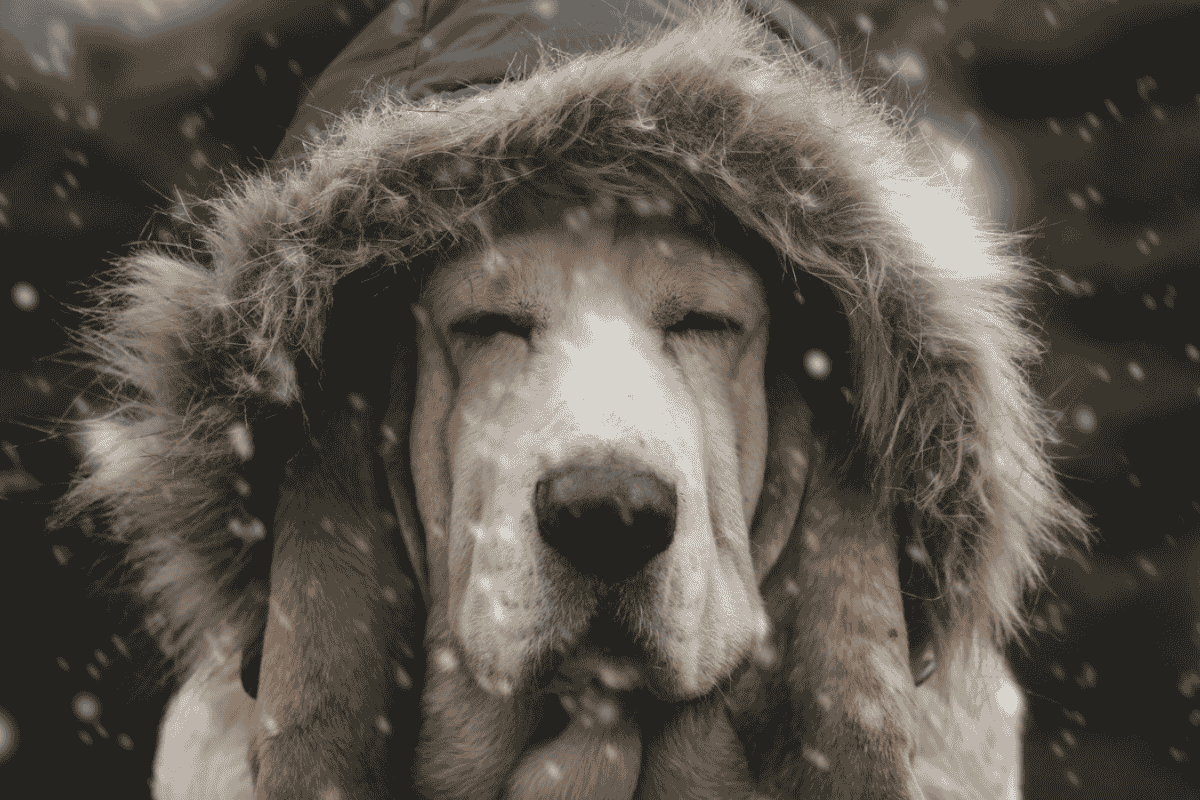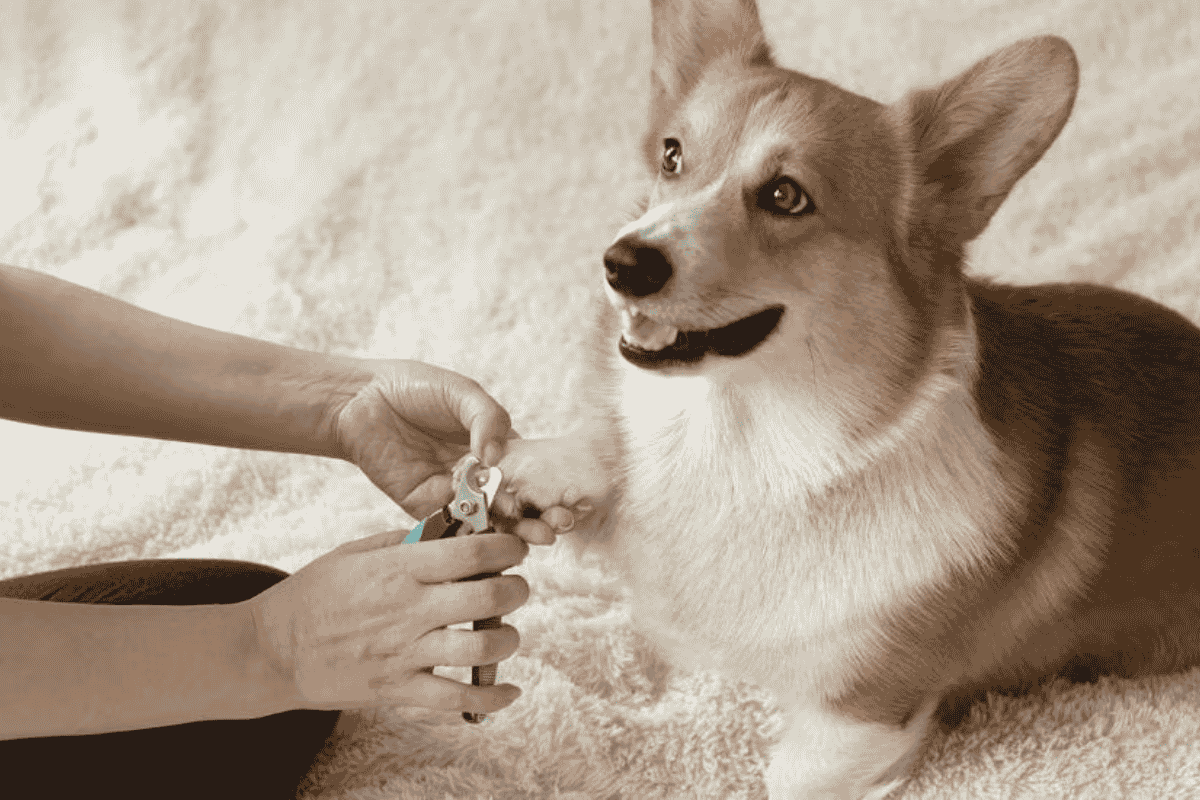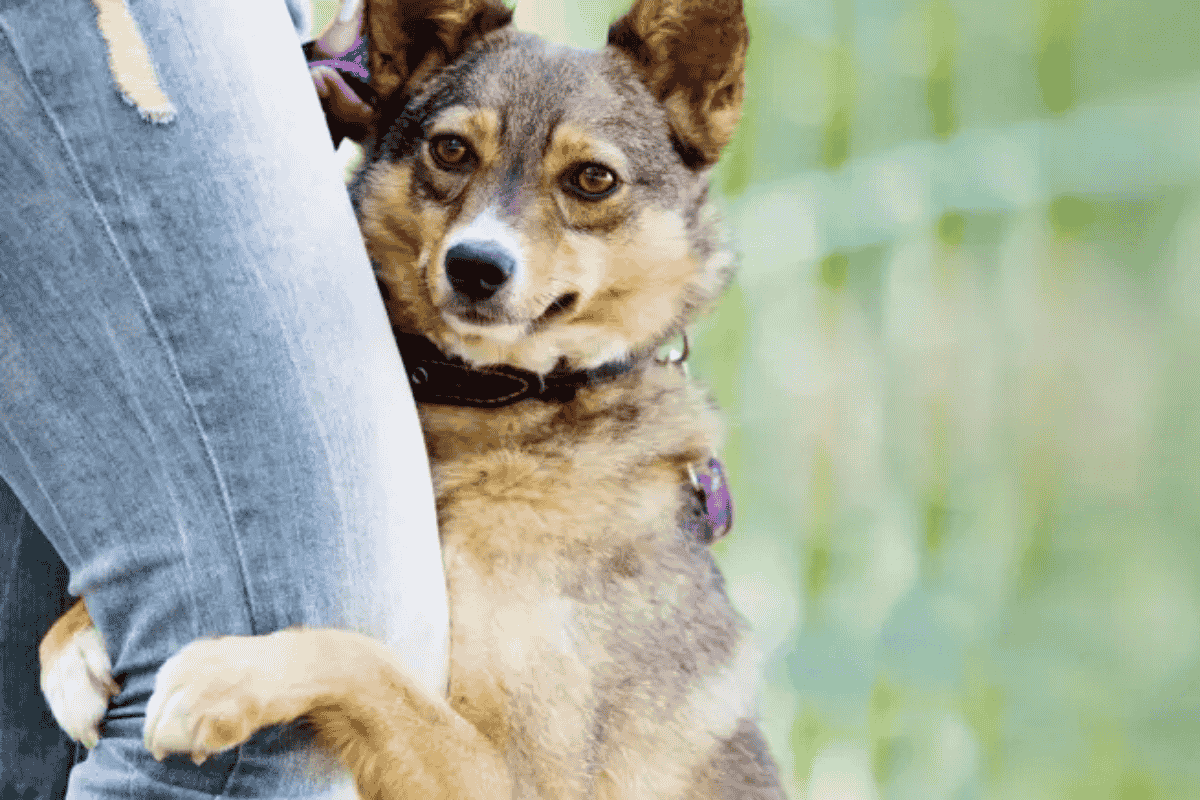When winter arrives, knowing how cold is “too cold” for your dog depends on several factors. Just like humans, some dogs thrive in chilly temperatures while others struggle as soon as the thermometer drops. Let’s explore the key variables and safe practices for cold-weather outings.
Factors That Influence Cold Tolerance in Dogs
Dog Coat Type
Breeds with thick, double coats (like Huskies or Newfoundlands) are naturally built for cold climates. Dogs with thin coats (like Greyhounds or Basenjis) often need sweaters or coats when temperatures dip.
Coat Color
Dark-coated dogs can absorb warmth from the sun, making them more comfortable on sunny days compared to light-colored dogs.
Size and Weight
- Small dogs lose heat faster because of their larger surface area relative to body volume.
- Underweight dogs lack insulating body fat and chill quickly, while overweight dogs may tolerate cold a little better (though excess weight brings other health risks).
Age and Health
Puppies, senior dogs, and those with medical conditions struggle to regulate body heat and need extra protection in cold weather.
Conditioning
Dogs used to winter climates adapt better. For example, a dog accustomed to icy mornings may handle 30°F more comfortably than one who lives in a warm region.
Environmental Conditions That Matter
- Wind chill: A strong breeze cuts through fur and lowers effective temperature.
- Dampness: Wet fur from rain, snow, or swimming chills dogs much faster.
- Cloud cover: Without sunlight, dogs lose the benefit of natural warming.
- Activity level: A running, playing dog generates heat, while a calm walker may get cold quickly.
Safe Temperature Guidelines
- Above 45°F: Most dogs are comfortable. Some cold-sensitive breeds may still need sweaters.
- 32–45°F: Small, thin-coated, senior, or sick dogs may start to feel uncomfortable.
- Below 32°F: Risks rise for vulnerable dogs; limit time outdoors.
- Below 20°F: Most dogs face potential danger; exposure should be minimized.
Always watch your dog’s behavior: shivering, whining, slowing down, or lifting paws are signs it’s too cold.
How To Keep Dogs Warm in the Cold
Dog Sweaters and Coats
- Light sweaters or hoodies work for mild chills.
- For harsher conditions, use insulated, windproof, and water-resistant coats.
Dog Booties
Boots protect paws from frostbite, ice buildup, and road salt. Choose ones with traction and durability.
Monitoring Time Outdoors
- Keep walks shorter in frigid weather.
- Shovel a bathroom spot near the door for small dogs.
- Never leave dogs unattended in extreme cold.
Cold weather doesn’t mean dogs must stay indoors all winter. By paying attention to breed, size, health, and weather conditions—and by equipping dogs with proper gear—you can keep outdoor activities safe and enjoyable even when temperatures drop.












